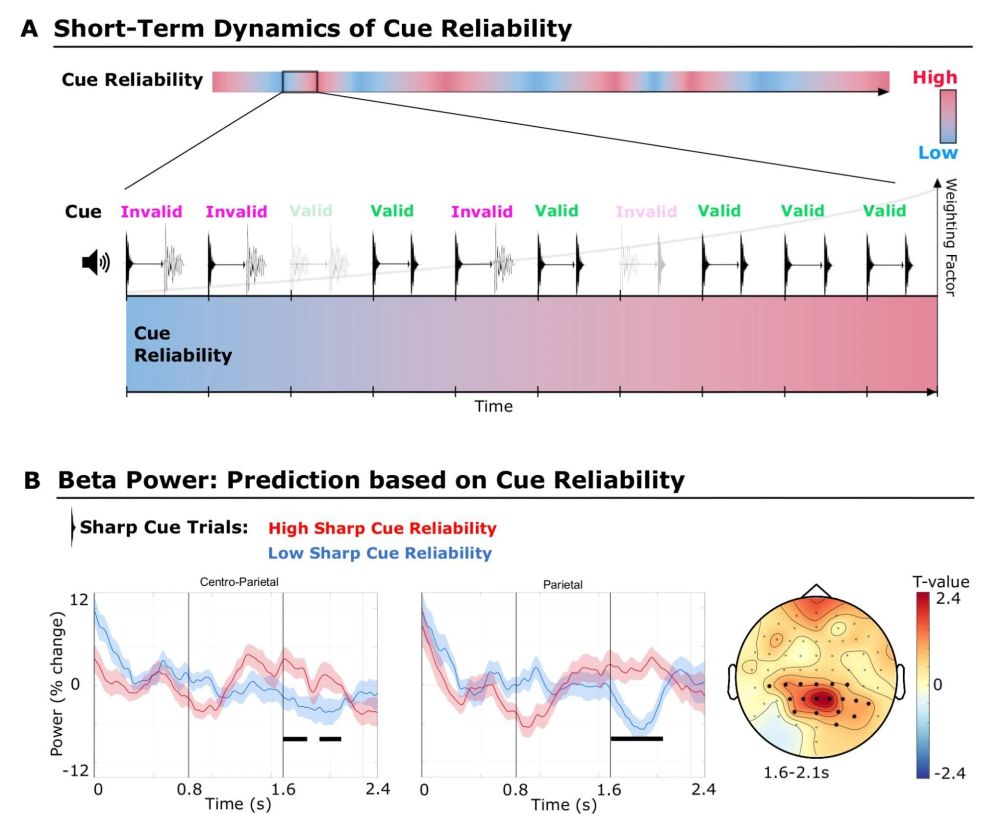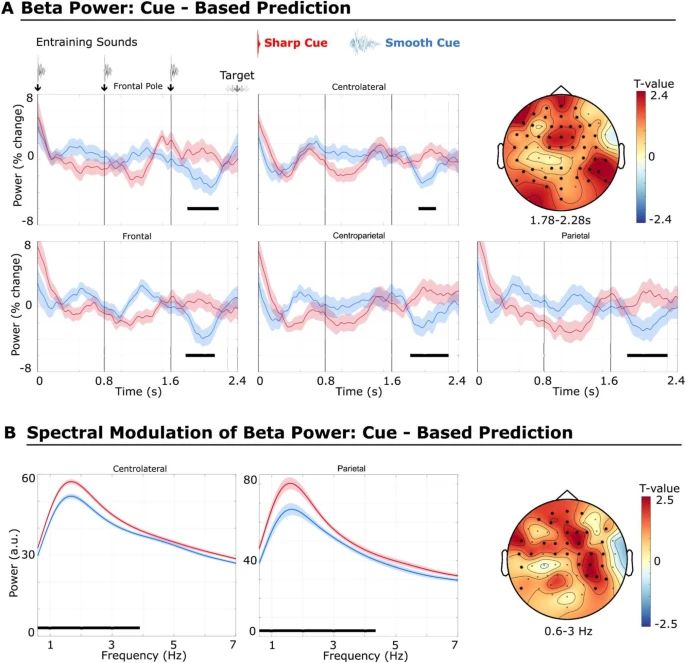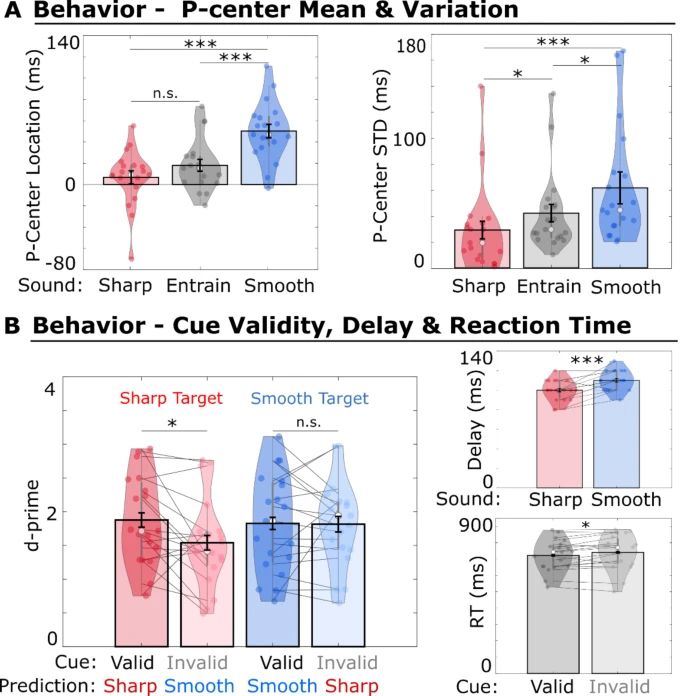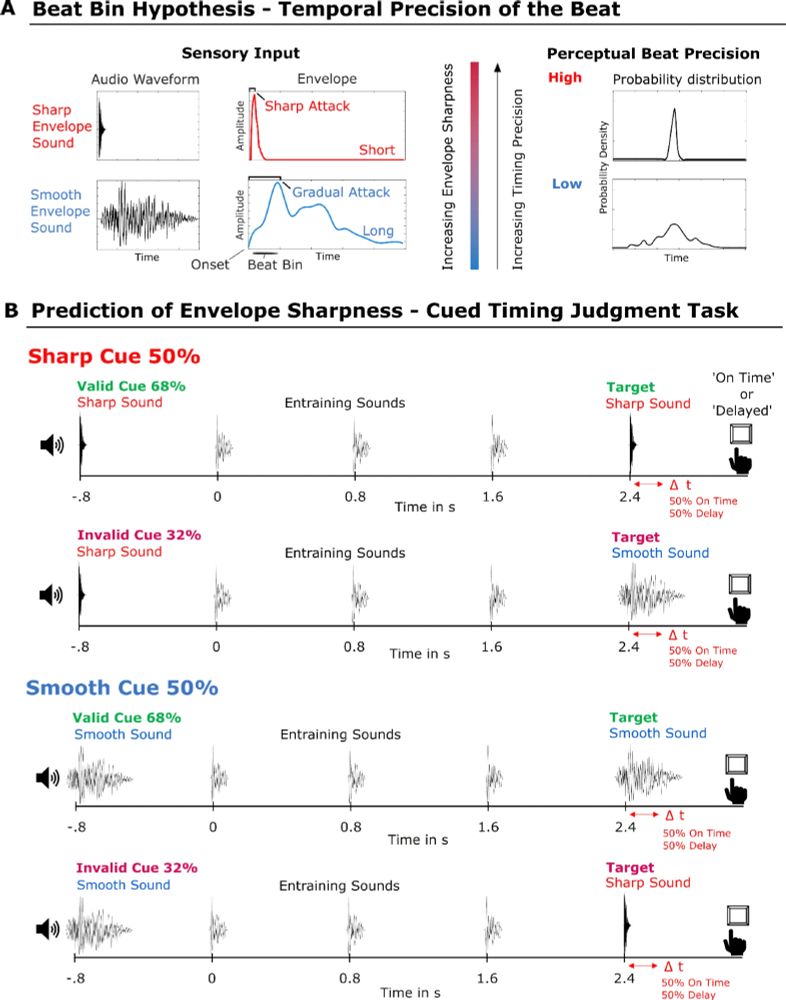Studying predictive processing & developing intracranial EEG methods
Personal page: https://bit.ly/aBlenkmann
#cognition #iEEG #SEEG #perception #attention #neuroscience #predictiveprocessing
🧠 OFC earlier
🧠 LPFC later
(This was measured via high-frequency activity, a marker of local brain activity)
Connectivity analyses reveal bidirectional exchange, with the first lead by OFC.
#iEEG #PredictiveProcessing #HFA

🧠 OFC earlier
🧠 LPFC later
(This was measured via high-frequency activity, a marker of local brain activity)
Connectivity analyses reveal bidirectional exchange, with the first lead by OFC.
#iEEG #PredictiveProcessing #HFA
🧠 Orbitofrontal cortex (OFC) damage abolishes sensitivity to expectancy.
🧠 Lateral prefrontal cortex (LPFC) damage shows only modest, non-significant effects compared to controls.
(Shown using #CNV #ERP that tracks anticipation)
#BrainLesion #Prediction

🧠 Orbitofrontal cortex (OFC) damage abolishes sensitivity to expectancy.
🧠 Lateral prefrontal cortex (LPFC) damage shows only modest, non-significant effects compared to controls.
(Shown using #CNV #ERP that tracks anticipation)
#BrainLesion #Prediction
⚡ Participants detected deviants faster when they were expected.
#PredictiveProcessing

⚡ Participants detected deviants faster when they were expected.
#PredictiveProcessing
🧠 Key finding: TP encoding wasn’t limited to auditory cortex.
Hippocampus and inferior frontal gyrus showed strongest sensitivity to TPs.
Auditory cortex responded more to deviance per se, but statistical learning was distributed– and hierarchical.

🧠 Key finding: TP encoding wasn’t limited to auditory cortex.
Hippocampus and inferior frontal gyrus showed strongest sensitivity to TPs.
Auditory cortex responded more to deviance per se, but statistical learning was distributed– and hierarchical.
Using an information-theoretical approach, we quantified how much information each brain response "encoded" relative to expected patterns.
Then, we tested how this encoded information tracked the likelihood of transitions– aka transitional probabilities (TPs).

Using an information-theoretical approach, we quantified how much information each brain response "encoded" relative to expected patterns.
Then, we tested how this encoded information tracked the likelihood of transitions– aka transitional probabilities (TPs).
👂 Participants listened to streams of random tones while ignoring them (reading a book).
We recorded high-frequency brain activity (75–145 Hz) from over 1000 electrodes in 22 patients.
We then tracked, trial-by-trial, how surprising each deviant sound was based on TP estimates.

👂 Participants listened to streams of random tones while ignoring them (reading a book).
We recorded high-frequency brain activity (75–145 Hz) from over 1000 electrodes in 22 patients.
We then tracked, trial-by-trial, how surprising each deviant sound was based on TP estimates.
3) Cue-Reliability dynamics: Variations in cue reliability (due to the random nature of the experiment) were tracked by the brain and modulated the pre-target beta power

3) Cue-Reliability dynamics: Variations in cue reliability (due to the random nature of the experiment) were tracked by the brain and modulated the pre-target beta power
2) Beta Band Activity (15–25 Hz): Before the target sound, beta power varied based on the predicted sharpness of the sound's envelope.

2) Beta Band Activity (15–25 Hz): Before the target sound, beta power varied based on the predicted sharpness of the sound's envelope.
1) Enhanced Timing Precision: Participants showed improved accuracy (d-prime) in timing tasks when they had prior information about the sound's sharpness

1) Enhanced Timing Precision: Participants showed improved accuracy (d-prime) in timing tasks when they had prior information about the sound's sharpness
We conducted an EEG study where participants were given cues about the sharpness of upcoming sounds in a beat sequence. 🎧
Our goal: Understand how this predictive information influences brain activity and timing perception.

We conducted an EEG study where participants were given cues about the sharpness of upcoming sounds in a beat sequence. 🎧
Our goal: Understand how this predictive information influences brain activity and timing perception.

